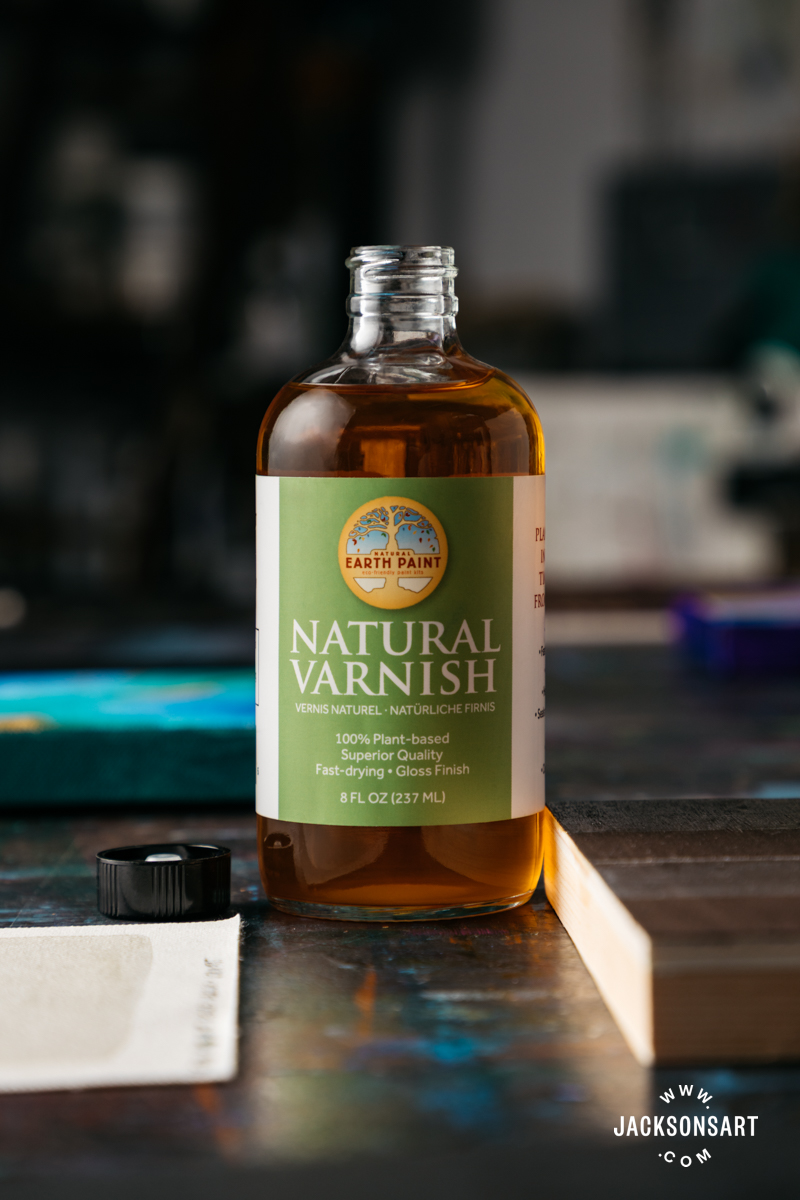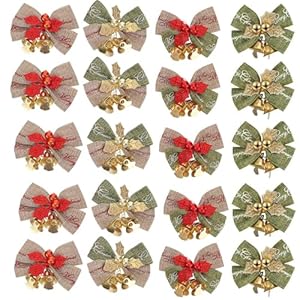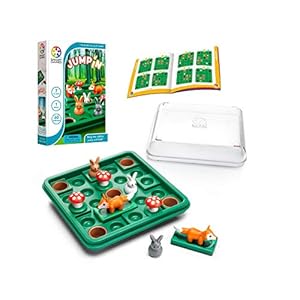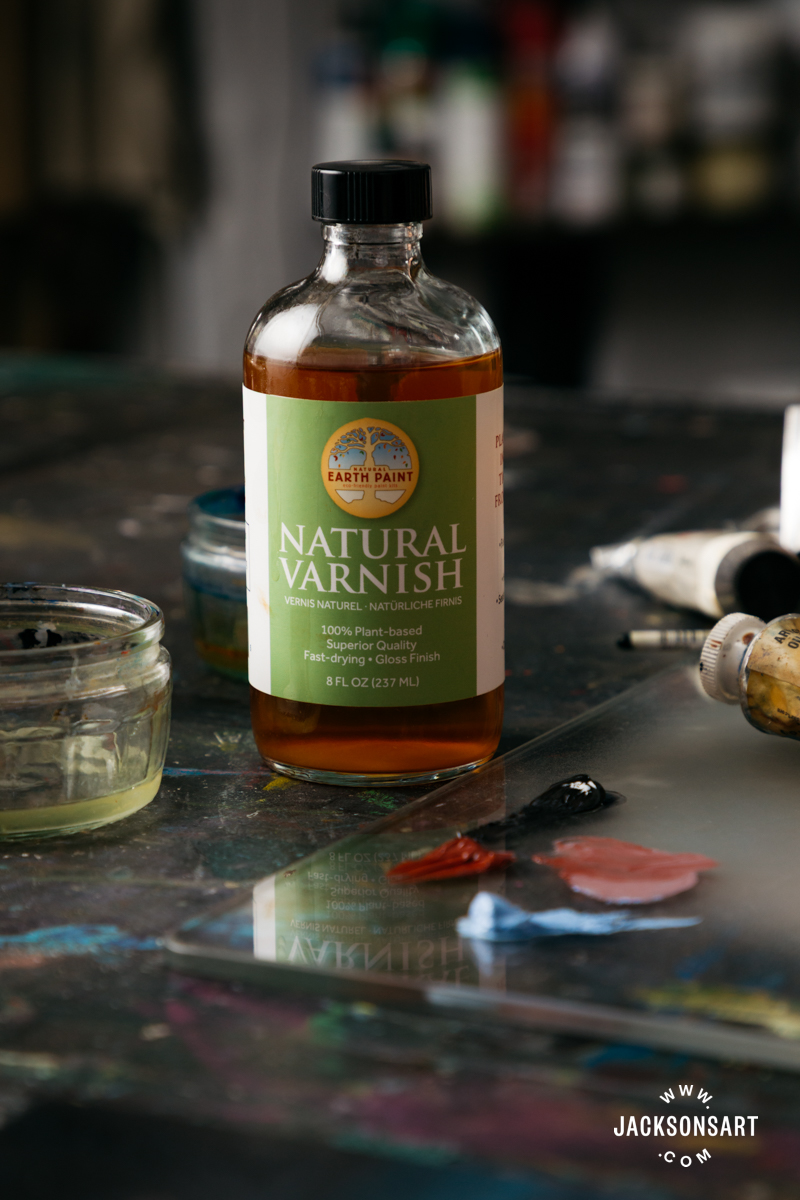
If you’re searching for a vegan and environmentally conscious varnish for your oil and acrylic paintings, then the Natural Earth Paint: Natural Varnish may be the perfect solution. Made in small batches with archival ingredients, it’s claimed to be fast-drying, clear, glossy, ideal for retouching, and free from harsh fumes. In this review, I put these descriptors to the test and explore its qualities by testing it on canvas and wooden panel, with oil and acrylic.
Review of Natural Earth Paint: Natural Varnish
About the Natural Earth Paint Company
Natural Earth Paint is an American art materials company founded in 2009. The founder, Leah Fanning, started the company while intentionally pursuing a non-toxic painting practice during her first pregnancy. From there, she developed paints, mediums, primers, and varnish using natural pigments and ingredients that don’t contain any fillers, heavy metals, or derivatives from the oil and gas industries. A couple of common examples of these derivatives are acrylic polymer emulsion found in acrylic paint and alkyd resins sometimes used in oil paints; both are derived from petroleum.
The company also advertises its products as safe for kids to use because of their non-toxic qualities. Alongside donating to a variety of charities, the Natural Earth Paint company uses recycled and recyclable packaging, operates from solar and wind-powered facilities, and ethically sources pigments from sustainable, family owned harvesters. Overall, the brand is a brilliant choice if you are interested in reducing the environmental impact of your studio practice.
Properties of the Natural Earth Paint: Natural Varnish
The Natural Varnish comes in three sizes: 118 ml, 237 ml, and 946 ml. The smaller two sizes come in recyclable glass bottles, and the larger in a tin. Since the product can be used to varnish a wide variety of materials – wood, canvas, metal, plastics, and stone – it’s equally as useful for sculptors or those working with unconventional materials as it is for painters. In the bottle the varnish is an amber colour, and has a small screw top that couldn’t be any easier to open. If you prefer your studio materials to have safety lock lids, then this won’t be ideal for you. When you open the bottle you immediately notice a strong alcohol smell, which is made more pronounced by applying it. In terms of allergens, the varnish does not contain nuts, dairy, or gluten.

The label states that the product is flammable, which makes sense due to the alcohol content. It also should not make contact with the skin or be used whilst eating and drinking. In another description of the product, it says it’s ‘free from harsh fumes’, which doesn’t mean it’s free from all fumes. The eating and drinking warning tells us that the product can still enter the air. Like all studio chemicals, it’s best to use them in well-ventilated spaces, regardless of the ‘safe for kids’ labelling.

Since the colour of the varnish in the bottle is golden, but the company states that it dries clear, I wanted to test the varnish on a white surface to see for myself. I painted it on a sheet from a Jackson’s 100% Cotton Canvas Pad, which is gesso primed, and immediately noticed that it is a warm yellow colour. Once dried, the colour is slightly lighter, but nonetheless is still a light yellow. The bottle states that it is ‘fast-drying to a water-clear finish’, which isn’t true – it would be best to say that this varnish leaves a yellow tint due to the natural ingredients.

Transparency test on Jackson’s 100% Cotton Canvas paper.
Using Natural Varnish to Finish Oil Paintings
It’s important to wait until your work is completely cured and dry before you apply a finishing varnish to oil paintings. This could take six months to a year, depending on the oil content of the paints, specific pigments, mediums used, and the thickness of application. You can test how dry a painting is by pressing your nail into the thickest area of the painting. This process shouldn’t be done in a hurry because varnishing a still-wet painting traps moisture and prevents it from breathing, which can eventually cause rotting, flaking, or cracking. A finishing varnish can be applied in 1-3 thin layers depending on the desired finish.
The only finishing varnish on the market that is advertised to be used before the full drying period is complete is Gamblin Gamvar. It can be applied once the painting is touch dry, which may take from three weeks to several months. Gamvar contains a mild solvent that isn’t strong enough to dissolve a dry paint film, which natural resin varnishes do.

Varnishing an oil painting on canvas.
To test its application as a finishing varnish, I applied the Natural Varnish with a Jackson’s Synthetic Mottler Brush to a dried oil painting. I made sure to dust over the surface of my painting before beginning, to ensure that no debris would be caught in it. Once it was applied, I elevated my varnished painting to a high shelf, so that there was less chance of dust settling on it. Putting it on the floor or a low table would almost guarantee debris getting stuck to it.

I immediately noticed the smell of the varnish became more pronounced as I began to apply it, but it quickly evaporated from the surface of the painting. Just twenty minutes later I couldn’t smell the varnish on my canvas anymore. On application, the varnish appears glossy, which didn’t dull as it dried. I was amazed that just twenty minutes after application, the varnish already felt touch-dry. A week later, it had the same glossy sheen, proving that it doesn’t dull as it cures.
Using Natural Varnish as a Retouching Varnish on Oil Paintings
A retouching varnish is applied to a touch-dry oil painting before it has completely cured in a single thin layer. This brings dull areas caused by sunken paint forward, and unifies the whole painting as you continue to work on it. When applied thinly, the varnish still allows the paint to breathe and cure in its own time, and isn’t as dense as a finishing varnish layer. The Natural Varnish is described as a ‘perfect’ retouching varnish, which I wanted to try myself.
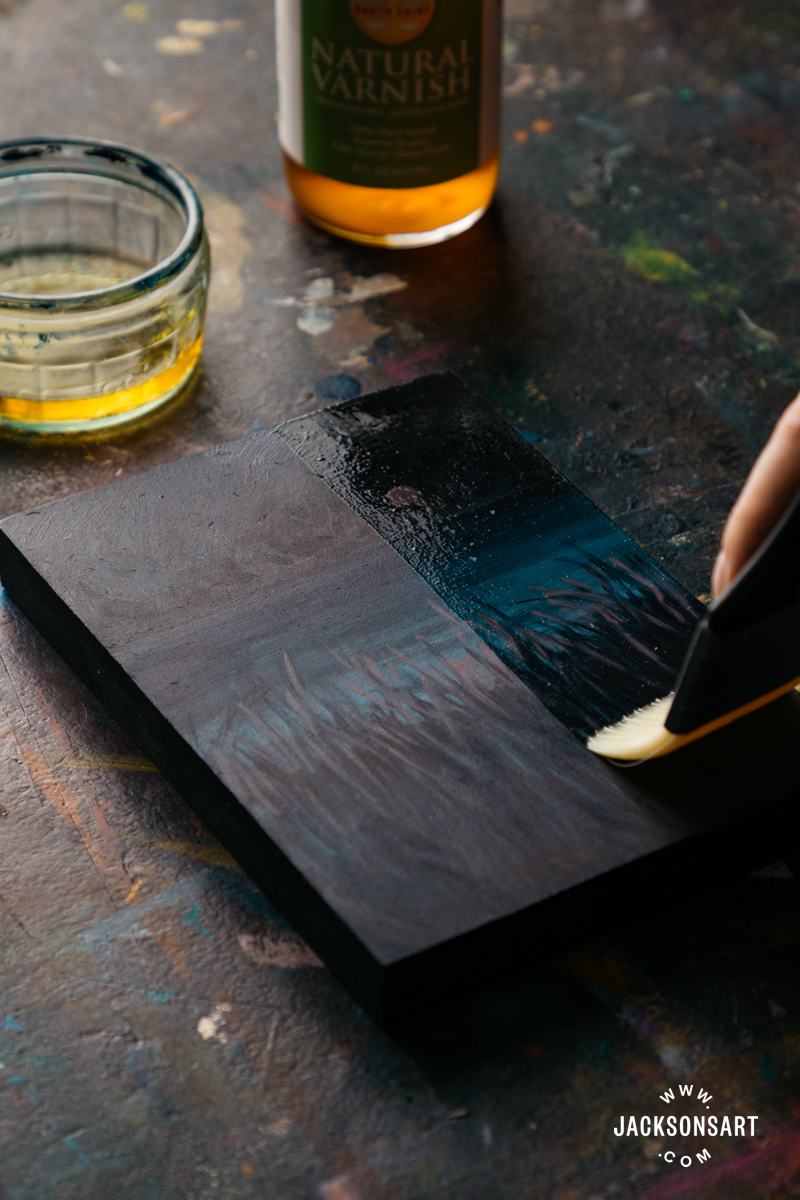
Retouching an oil painting on canvas.
This technique is ideal if you have a painting that you’d like to exhibit soon, but the dark colours in its palette have dulled, and it hasn’t cured for long enough to apply a final varnish to. The retouching varnish layer will bring the colours back to life, without compromising the archival value of the painting. I prepared an example of a dark painting where the colours dulled as it dried. As you can see, the varnish immediately returned the painting to a more vibrant state, giving it a gloss finish and deepening the dark colours. Again, I was amazed that the surface was touch dry within twenty minutes, meaning there isn’t any difference in drying time between paintings on canvas and panel with the Natural Varnish. After a week, the colours in the painting still appeared as rich and deep as when I first applied the varnish, with a consistent glossy sheen.
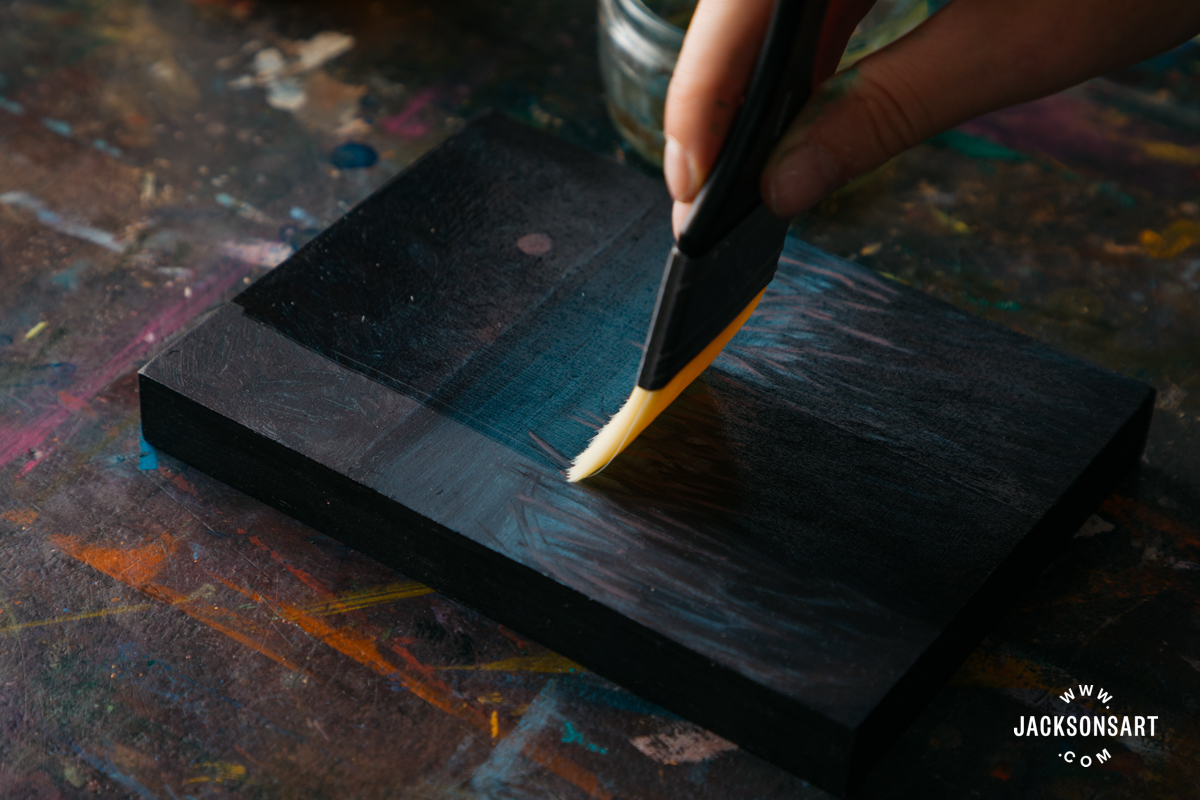
You can also add a retouching varnish to a painting you plan to keep working on – it helps reveal the quality of sunken colours before you paint further. Sometimes it’s hard to make a new layer of paint adhere to a dried oil painting that you’d like to continue working on, and adding a layer of retouching varnish can also return necessary adhesion to the surface. The layer of paint following the retouching varnish should be fatter than the layers below it to avoid cracking.

Adding highlights to an oil painting after varnishing.
For this example, I continued working on top of the painting from the previous example, deciding to add highlights to the moon and the grass it’s shining on. The paint adhered very well as if I were painting straight onto the panel, and the darker tones that had already been brought out by the retouching varnish allowed me to decide how bright to make the highlights.

Using Natural Varnish to Seal Acrylic Paintings
A benefit of working on acrylic paintings is that you can varnish them almost immediately. One of the intentions of the Natural Earth Paint company is to avoid petrolates, which are often found in acrylic paints, so they created their own range that is free from these ingredients called Acrylik Paints. Regardless, their Varnish is fine to use with any acrylic paints, and I have tested it here with Jackson’s Professional Acrylic Paint on Jackson’s Premium Cotton Canvas.

Varnishing an acrylic painting on canvas.
Identical to the drying time of varnishing my oil painting on canvas, the varnish on the acrylic example was touch-dry very rapidly – within twenty minutes. I was more interested at this stage whether the Natural Varnish on the acrylic painting might dry to a different finish than the oil example. After a week the level of sheen appears identical on both paintings. If you work across mediums and want a unified finish between them for display, the Natural Varnish will give your work visual consistency.
Comparing Natural Varnish to Other Varnishes
To visually compare the finish of the varnish, I applied it alongside a couple of others on a wooden panel. I applied a layer of Van Dyck Brown acrylic paint, allowed it to dry, and divided the surface into four strips. From left to right, the sections are: no varnish, Jackson’s Acrylic Varnish Gloss, Gamblin Gamvar Picture Varnish Gloss, and the Natural Earth Paint: Natural Varnish. I applied each section in two layers, and the only varnish to seep outside of the section I painted it in was the Gamvar varnish, which you can see encroaching on the Jackson’s side.

L – R: No varnish, Jackson’s Acrylic Varnish Gloss, Gamblin Gamvar Picture Varnish Gloss, and Natural Earth Paint: Natural Varnish.
The Natural Varnish is sitting the proudest on the surface of the panel, obscuring the texture of the wood grain the most. It has a bright, glossy finish, although I did find that it dried slightly patchily, retaining some brushmarks and pooling together in some areas. In contrast, Gamblin Gamvar Picture Varnish dried extremely evenly, and gives the wood a nice sheen, with the most wood grain still visible of the three. The Jackson’s Acrylic Varnish appears like the mid-point between the other two varnishes in terms of sheen. Comparably, the Natural Varnish is very glossy.

L – R: No varnish, Jackson’s Acrylic Varnish Gloss, Gamblin Gamvar Picture Varnish Gloss, and Natural Earth Paint: Natural Varnish.
Using the Natural Varnish to Seal Wood
The Natural Varnish can be used to seal all kinds of wood – some people even use it on outdoor furniture. This may be useful if you make wooden sculptures or want to seal the edges of a panel painting. Here I have tested applying it to the edges of one of the wooden panels that I painted in the previous examples. I noticed that the drying time was just as quick as on the panels, and that it gave the wood a satisfying warmer hue.

Sealing the edges of a wooden panel.

Cleaning up the Natural Varnish
The Natural Earth Paint company recommends cleaning up the Natural Varnish using rubbing alcohol, which I tested by decanting some into a small jar and swirling my brush in it, before wiping it off into a rag. I repeated this action several times before rinsing it through in the sink. It’s safe to wash alcohol down the drain, flushed with water, since the ingredients are natural.
The Natural Varnish is a versatile, glossy, quick-drying, vegan, and environmentally conscious choice for varnishing your work. I’d recommend it to all painters who enjoy a shiny finish on their work, and those who want to experiment with using a retouching varnish. It holds up well in comparison to other varnishes, so is a brilliant step towards having a more sustainable practice without compromising on quality.
Further Reading
How to Varnish a Painting in Oil, Water-Mixable Oil or Acrylic
Non-Toxic Oil Painting Mediums and Oil Varnishes
What is the Best Non-Toxic Oil Painting Solvent?
Creating Oil Paintings That Stand the Test of Time
Shop Natural Earth Paint: Natural Varnish on jacksonsart.com
The post Testing Natural Earth Paint’s Natural Varnish on Oil and Acrylic appeared first on Jackson's Art Blog.
Trending Products


